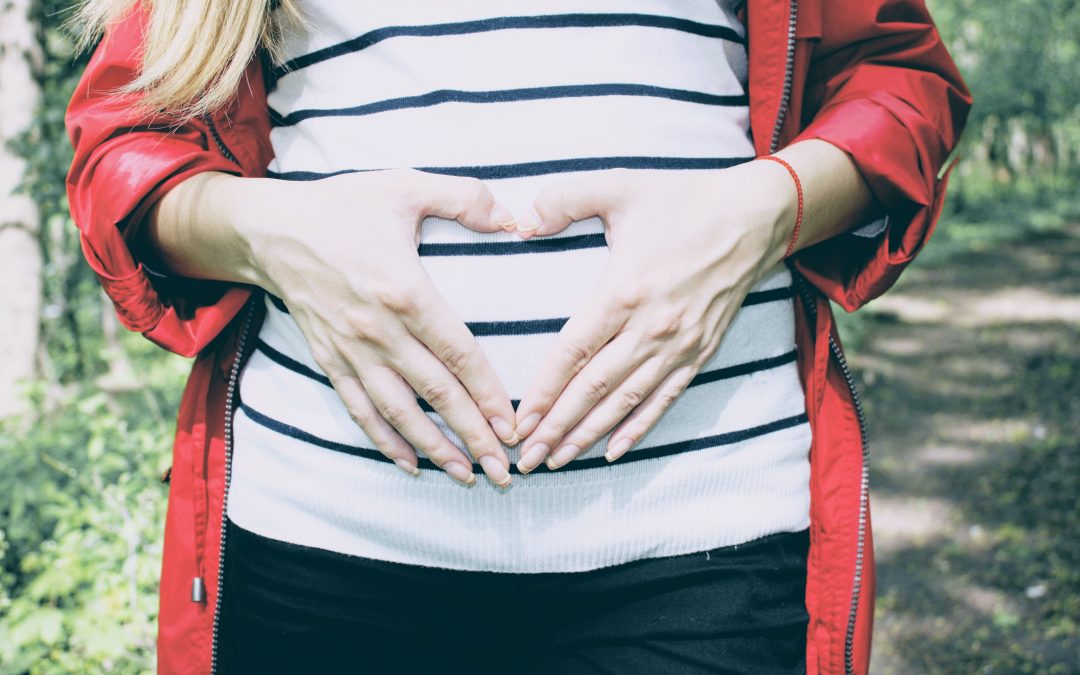Diastasis recti – what you need to know
We see lots of women suffering with issues related to diastasis recti but who have never heard of the condition. While most new mums are familiar with the effects of pregnancy and openly chat about the less desirable changes to their postpartum bodies, diastasis recti is relatively unknown and can cause long-term damage to our backs.
What is diastasis recti?
During pregnancy it is common for the two abdominal muscles that run down the middle of your stomach to separate to accommodate the growing baby. This is known as diastasis recti.
As the baby grows it pushes the muscles apart, causing them to lengthen and weaken. The muscles usually return to their pre-pregnancy position around eight weeks after you have given birth. However, if there is still an obvious gap after eight weeks post-pregnancy, you may be at risk of back problems.
How do I know if I am suffering?
Women can monitor the gap themselves at home. Simply lie on the floor with your knees bent and the soles of your feet flat on the floor. Lift your shoulders slightly off the floor to engage your stomach muscles and, using your fingers, feel between the edges of your muscles either side of your belly button. You can use your fingers to measure the gap and should feel it close over time.
What issues can it cause?
Over time, your diastasis recti can cause back problems. Your weakened abdominal muscles won’t support you as much as they usually do so can affect your posture and also mean that your back does more of the work when you are walking, lifting heavy objects (including newborns) and bending over. Over time this can lead to misalignment and back pain.
How can I solve it?
For many women, the gap closes as part of your body’s healing after pregnancy, but there are a few things you can do to strengthen your muscles and protect your back for the long-term.
Do your pelvic floor exercises – these are so important for a number of reasons but the squeezing and tightening will also help you to tone up your abdominal muscles
Be very careful what exercise you do. It is important to exercise when you are ready but you should only do exercise designed for post-pregnancy as some common exercises can be even more damaging. One of our favourite programs for diastasis recti is the MUTU system – a program tailored exactly to the needs of postpartum mums.
Take extra care when lifting, bending and moving about just after you have given birth – while it might be the last thing on your mind when running around after a new baby, it is really important to not put too much strain on your back. Simple things such as squatting rather than bending at the waist to pick up objects, using cushions to support you when feeding the baby and maintaining good posture when walking and sitting can help.
Massage therapy can help to relieve pressure and identify issues with posture.
If you’re concerned about the effects of diastasis recti, talk to your healthcare professional.
Further reading;

